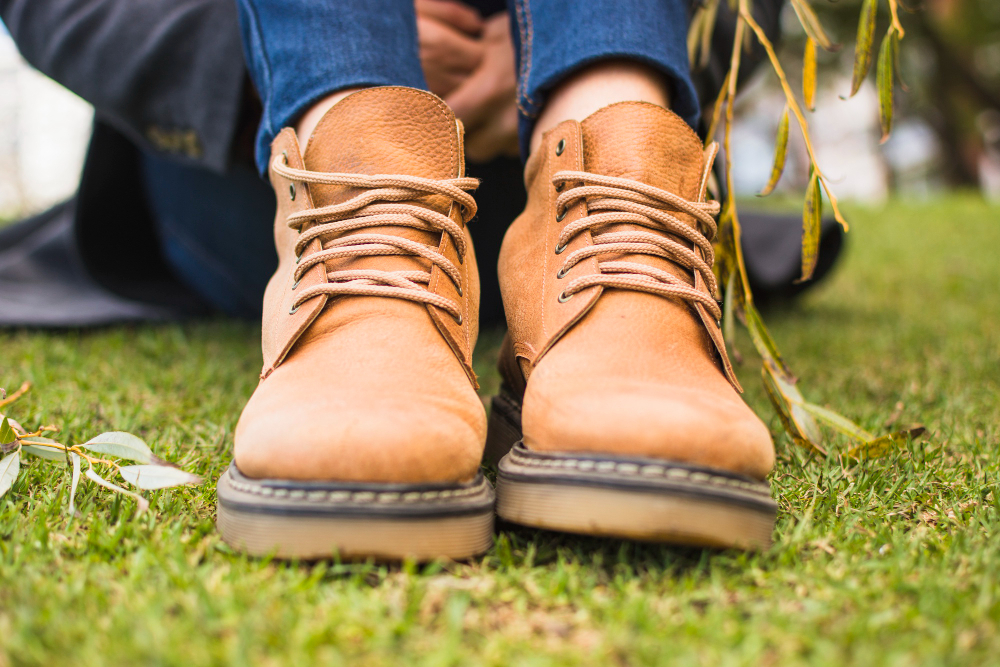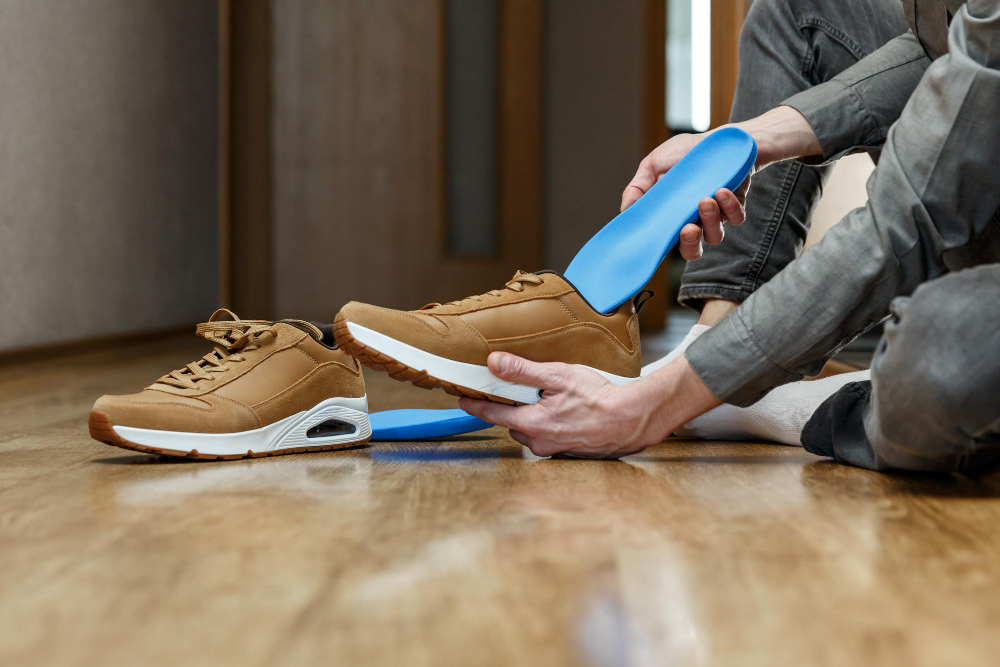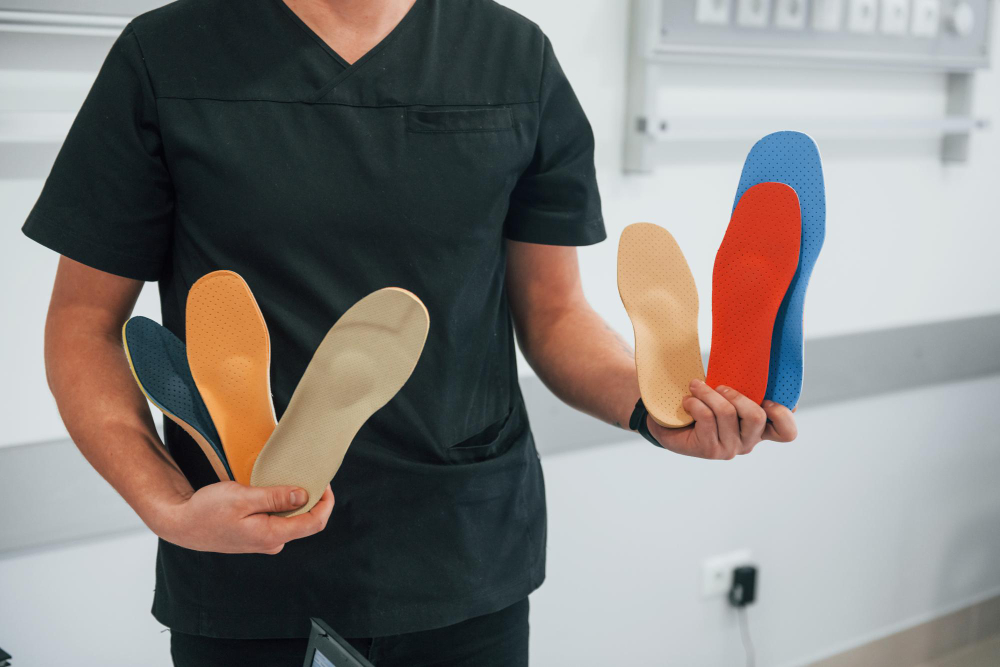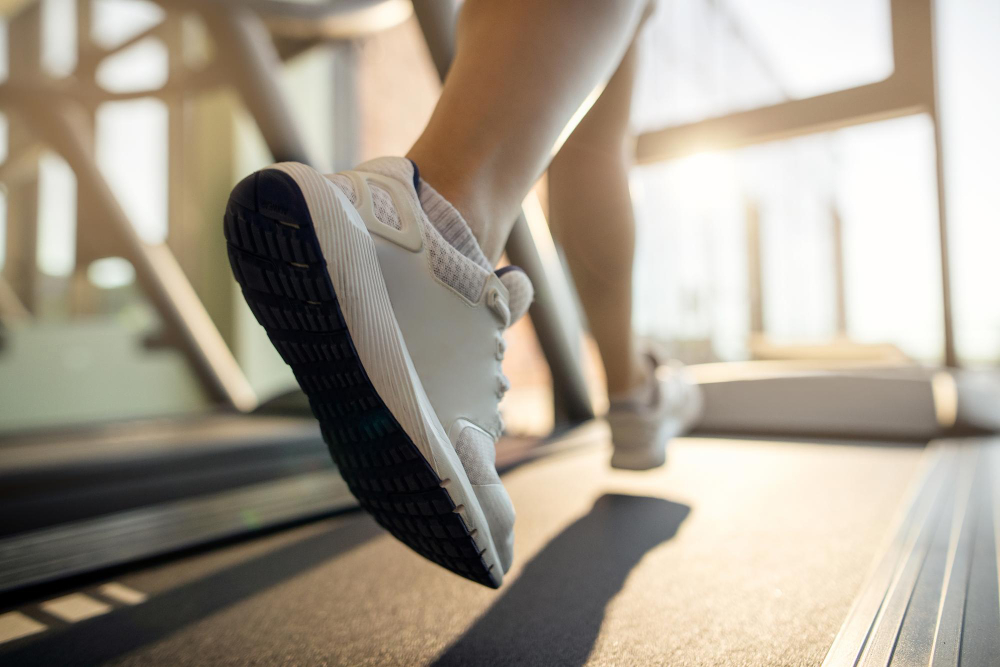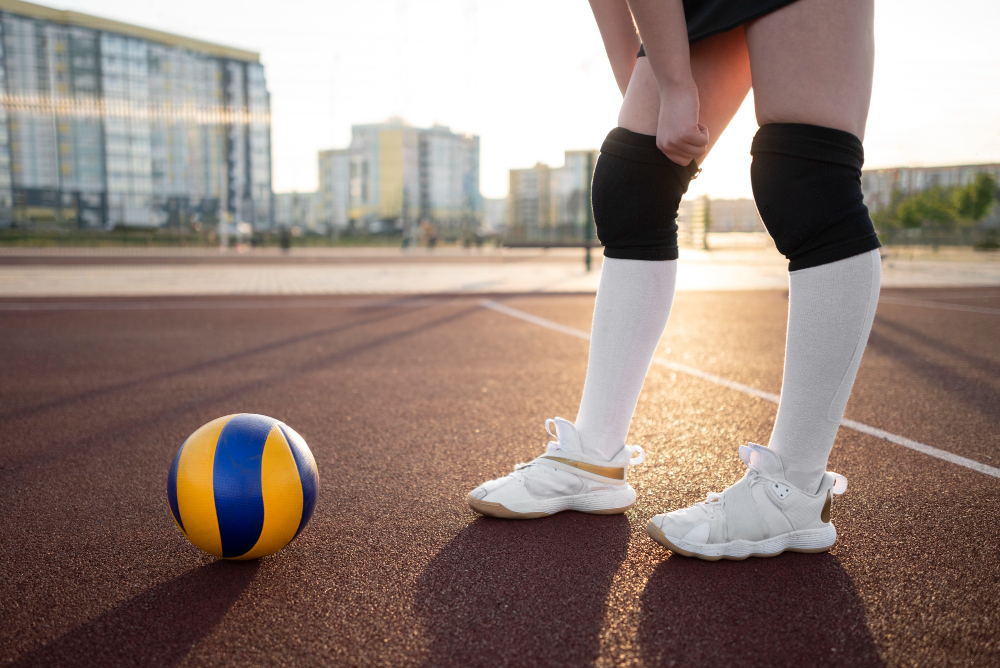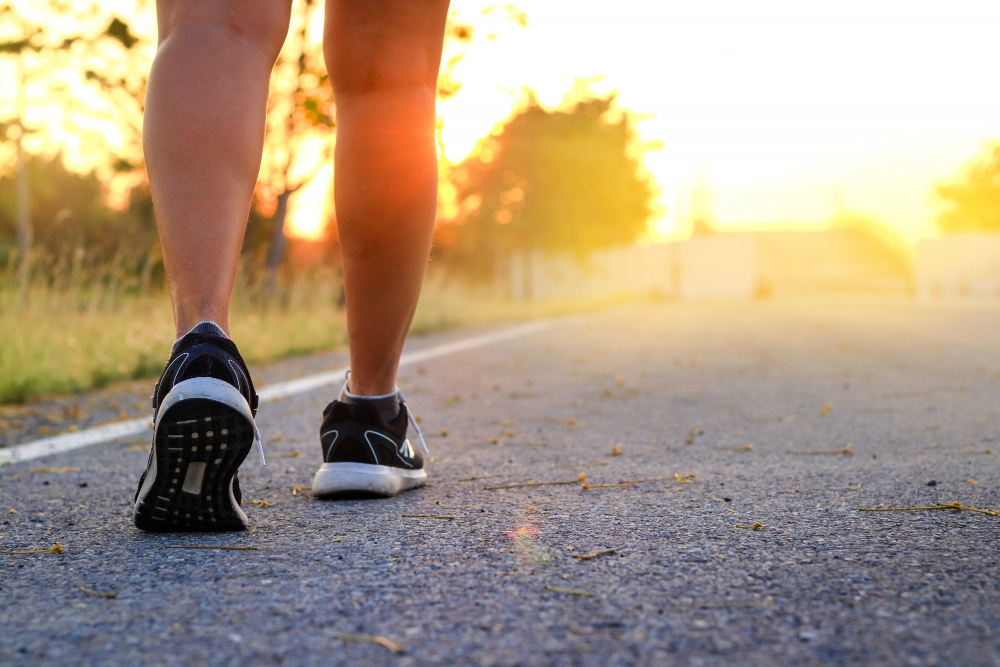Playing soccer involves a lot of high impact movements at very high intensities. Dynamic jumping, cutting, landing and running can place a lot of pressure on the feet, and biomechanical imbalances can be magnified through increased soccer activity, and lead to increased injuries. In addition to stretching and strengthening programs, treatment plans for soccer injuries often include the use of custom foot orthotics to correct biomechanical imbalances and allow player to perform without the risk to injury that such misalignments may pose.
Soccer Cleats and Orthotics
Many soccer players use custom orthotics to relieve hip, knee, ankle and foot pain caused by biomechanical imbalances in feet, particularly as unlike running shoes, most soccer cleats do not have built-in controls or arch support. Soccer shoes are often smaller than other athletic shoes, with less volume, which can create difficulties in fitting a custom insole. Orthotic devices designed specifically for soccer cleats have a lower profile than other foot orthotics so that the player’s foot isn’t pushed up out of the top of the shoe. Modifications can also be made to allow the big toe greater movement in pushing off, sprinting, and cutting.
Common Soccer Injuries and Their Biomechanical Causes
The type of foot orthotic used will depend on the biomechanical deviations of individual players. Common injuries for soccer players include :
Turf Toe
Turf toe is a sprain that occurs at the base of the big toe. Pain is caused when toe ligaments or the joint capsule supporting the toe have been stretched and strained. The player may find themselves unable to push off without pain, or experience pain when running, and may also experience a decreased range of motion. Treatments for turf toe include taping, infra-red laser, icing, and the use of ultrasound to decrease bruising and swelling around the big toe. A stiff shank custom orthotic can be used to prevent flexion of the big toe during push-off.
Leg Length Discrepancy
While some athletes are born with leg length discrepancies, many athletes and active people who have sustained fractures in the legs or pelvis will also have one leg shorter than the other. A leg length discrepancy can place additional strain on players as well as magnify any other potential biomechanical misalignments. A proper assessment is needed to measure the difference in leg lengths. Heel lifts are placed in footwear or incorporated within an orthotic when there is an additional biomechanical imbalance to address.
Achilles Tendinitis
Achilles tendonitis is common among athletes and is generally caused by overuse. Athletes with very tight calf muscles may place additional strain on the tendon. The injury is typically slow to heal as the tendon does not have good blood supply or cell activity. The use of compression sleeves or socks can help to increase circulation in the region. Other treatments include the use of non-steroidal anti-inflammatory drugs (NSAIDs) , and a program of stretching and strengthening exercises. A custom orthotic with a small heel lift will stop the tendon from stretching and reduce swelling that occurs around the tendon.
Patellofemoral pain syndrome
Soccer players who overpronate can cause the alignment of the knee cap to shift, causing pain and stiffness in the surrounding muscles and tissues. Patellofemoral pain syndrome is characterized by a dull, aching pain under or around the front of the kneecap. Foot pronation often occurs in players who lack a supportive medial arch. It is thought that overpronation of the feet is a primary cause of the syndrome. Foot pronation causes the tibia or femur to rotate, disturbing the patellofemoral mechanism. Athletes with high arches may be more susceptible to patellofemoral pain syndrome than athletes with lower arches. In these cases, shoe orthotics can used to realign the lower extremities and reduce abnormal pressure on the supporting structures of the knee.
Plantar fasciitis
The plantar fasciitis is an inflammation of the connective tissue located on the bottom of the feet. Originating on the heel bone, the Plantar fasciia runs towards the front of the foot beneath the metatarsal heads. The fascia absorbs force and maintains the integrity of the foot arch, and is also responsible for generating the foot’s response to propulsion when walking or running. Overpronation of the arch of the foot can cause the fascia to stretch and collapse. Tight muscles and tendons in the calf and foot can cause the condition, as well as sudden increases in activity levels or intensity. A morning warmup routne to prepare the foot for walking can help to heal the damaged tissues, as can replacing worn out or overused shoes. Custom foot orthotics can be used to reduce the biomechanical causes of this condition.
Preventing Further Injury
Whether recreational or professional, soccer players who want to carry on playing at their preferred level of intensity may benefit from addressing the potential underlying biomechanical imbalances that can lead to injury and strain. An assessment of the foot’s structure may determine if or when orthotics are needed as part of an overall treatment program.

